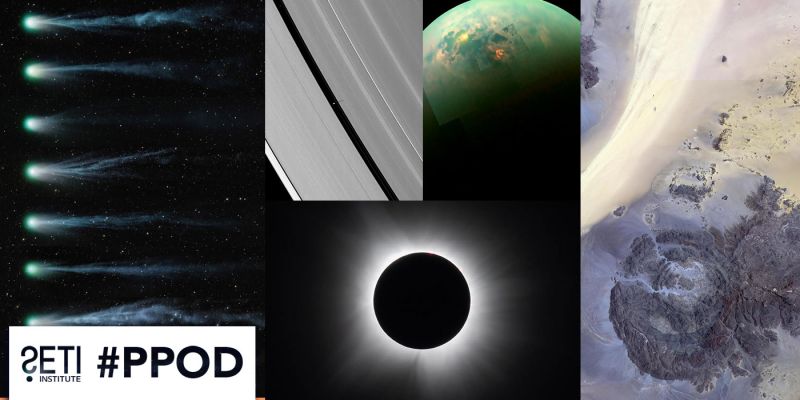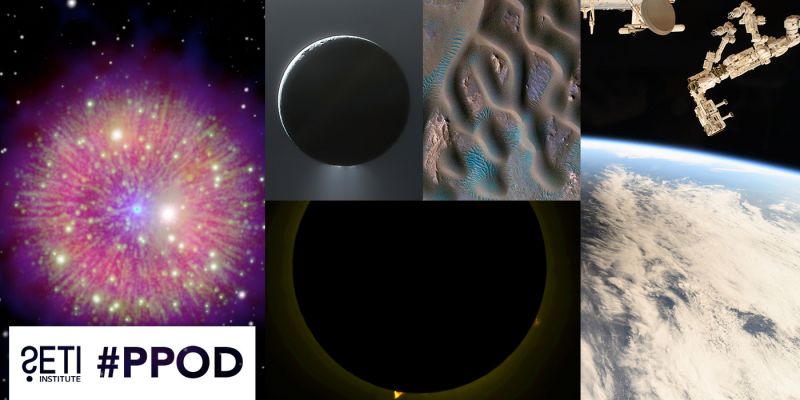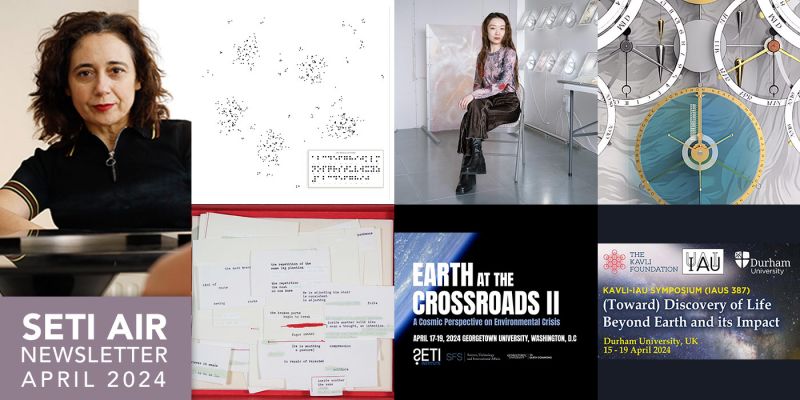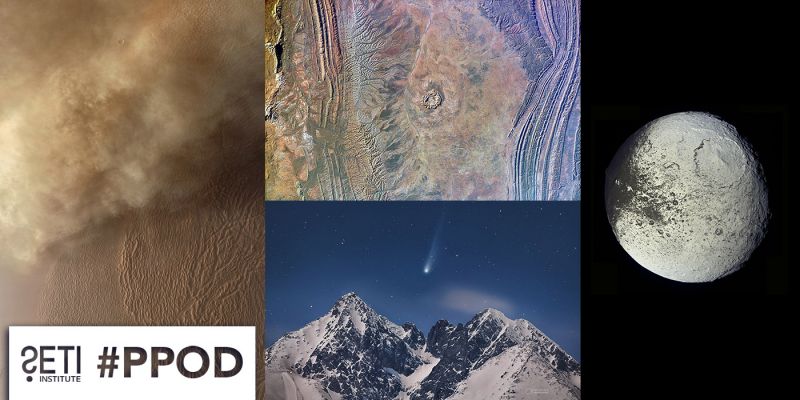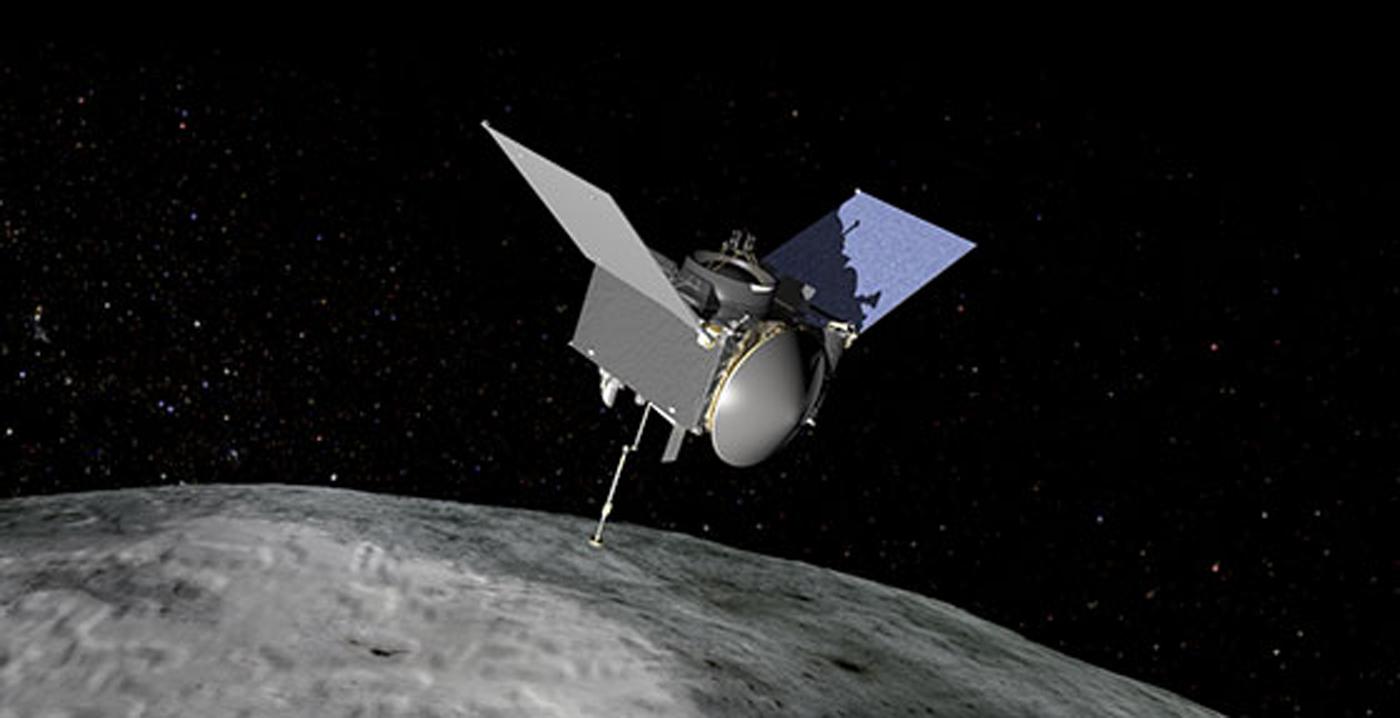
MOUNTAIN VIEW – NASA’s OSIRIS-REx spacecraft is slated to launch from Cape Canaveral on Thursday, September 8th. Its mission is to rendezvous with asteroid Bennu in 2018, take a sample from its surface, and return that sample to Earth in 2023.
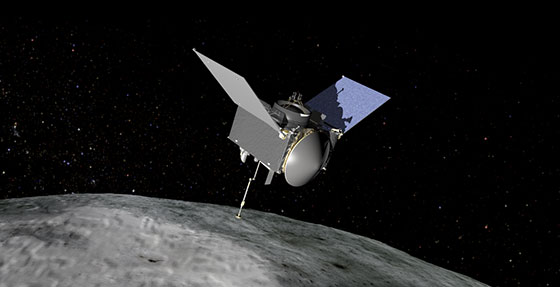
Why are scientists so interested in this ancient lump of rock? First, Bennu is one of the darkest objects in the Solar System, suggesting it is rich in organic materials that might have seeded Earth with the starting blocks of life. We cannot find these materials today, because the organic compounds that first fell to Earth have long since disappeared – processed and endlessly recycled by geology and biology. On Bennu however, these mysterious compounds have been almost perfectly preserved. Bennu is a veritable museum in space that has been waiting 4.5 billion years to open its doors to Earth’s scientists.
John Marshall, a mission co-investigator at the SETI Institute, is eagerly awaiting the opportunity to test his ideas regarding Bennu’s topography.
“We’ve developed a mathematical model of how material might move around on the surface as a result of asteroid spinning forces,” Marshall says. “It predicts where all the ‘lumps and bumps’ will be, and how all the loose boulders and gravel are distributed. Within minutes of receiving our first close-up images during the asteroid encounter, we will know if we got it right or not.”
Scientists are also interested in the so-called Yarkovsky effect. This is a process whereby solar radiation gently nudges the asteroid, subtly changing its orbit. By being up-close with Bennu, we can better understand how surface properties affect this process. Combined with understanding material properties, this enables us to better predict if and when this asteroid might impact Earth in the 22nd century. It is a potentially dangerous lump of rock, already on our watch list.
“We will be making maps of topography, gravity variations, boulder distributions, surface composition and physical properties,” notes Marshall. “My role will be integrating spacecraft observations for the production of a global geology map.
After we get the return samples, I will be examining small grains of the material with a scanning electron microscope to interpret their physical history. I also analyzed grains brought back from asteroid Itokawa by the Japanese Hayabusa mission. They were immensely surprising and not at all what you might have expected. I suspect (and hope) that Bennu will be equally awesome.”
“We’re proud to be part of the OSIRIS-REx, science team, through John’s work” says SETI Institute CEO, Bill Diamond. “To improve our understanding of possible sources of Earth’s biology, while simultaneously gaining insights critical to planetary defense, is a rare and exciting opportunity.”
OSIRIS-REx looks back 4.5 billion years to the origin of life, but also looks forward 100 years to help ensure the safety of life on Earth.
Marshall remarks that “I’ve made a living out of playing in the dirt – so why stop now?”
About the SETI Institute
Founded in 1984, the SETI Institute is a non-profit, multi-disciplinary research and education organization whose mission is to lead humanity’s quest to understand the origins and prevalence of life and intelligence in the Universe and to share that knowledge with the world. Our research encompasses the physical and biological sciences and leverages expertise in data analytics, machine learning and advanced signal detection technologies. The SETI Institute is a distinguished research partner for industry, academia and government agencies, including NASA and NSF.
Contact information
John Marshall
Email: jmarshall@seti.org
Media contact:
Edna DeVore
Tel: 650 960-4538
Email: edevore@seti.org

